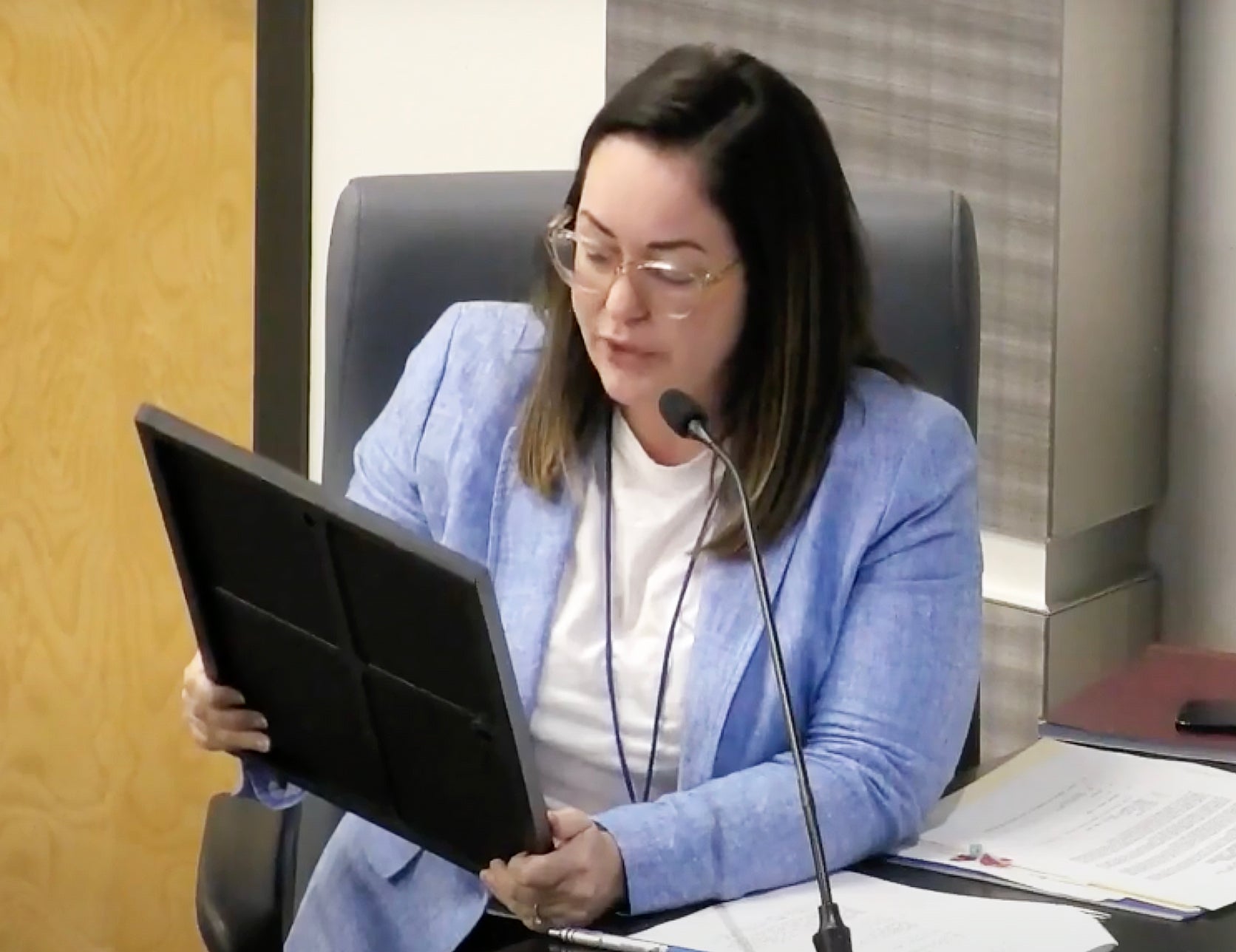New book on Norco environmental fight gets rave reviews
Published 12:00 am Wednesday, April 13, 2005
NEW ORLEANS – Steve Lerner discussed and signed copies of his recently released book, “Diamond: A Struggle for Environmental Justice in Louisiana’s Chemical Corridor.” at a booksigning Tuesday in New Orleans, hosted by Octavia Books, 513 Octavia St.
For years, the residents of Diamond, a portion of present-day Norco in St. Charles Parish, lived with an inescapable acrid, metallic smell and a mysterious toxic fog that penetrated their homes.
Looking out on the massive Norco Industrial Complex, they suffered headaches, stinging eyes, allergies, asthma and other respiratory problems, skin disorders, and cancers.
Their small, African-American, mixed-income neighborhood was sandwiched between two giant Shell petrochemical plants.
When the residents demanded that Shell relocate them, their chances of success seemed slim.
And yet, after effective grassroots organizing, seemingly endless negotiations, and intense media coverage, the people of Diamond finally got money from Shell to help them relocate out of harm’s way.
In this book, Lerner talks to the people of Diamond, and lets them tell their story. He talks also to the residents of a mostly white neighborhood nearby that works for the plant and have fewer complaints, to environmentalists, and to Shell officials.
Around the U.S., struggles for environmental justice such as the one in Diamond are the new front lines of both the civil rights and the environmental movements, and Diamond is in many was a classic environmental justice story: a minority neighborhood, faced with a polluting industry in its midst, fights back.
But Diamond is also the history of a black community that goes back to the days of slavery. In 1811, Diamond (then the Trepagnier Plantation) was the center of the largest slave rebellion in U.S. history. Descendants of these slaves were among the participants in the modern-day diamond campaign.
Steve Learner is Research Director of Commonweal, a health and environment research institute. He is also the author of Eco-Pioneers: Practical Visionaries Solving Today’s Environmental Problems (MIT Press, 1998).
The following are quotes from reviews on the book –
“Steve Lerner’s story of Diamond, La., is one of the most remarkable tales that has ever been told about the environmental justice movement.”
– Ruth Rosen, Dissent
“Lerner does an excellent job of explaining concisely both the scientific and the legal issues involved… a compelling story.”
– Publishers Weekly
“Steve Lerner’s patient, thorough telling of the Diamond story provides such detail that you feel you are there as events unfold. He understands and relays eloquently the spiritual cornerstone of this historic African-American victory – the powerful faith that propelled David over Goliath.”
– Anne Rolfes, Founding Director, Louisiana Bucket Brigade
“This book expertly captures the many facets of the struggles of the environmental justice fenceline community as its members attempted to survive in the toxic plume of air emissions from nearby industrial facilities. The strategies for the relocation of Diamond residents will serve as a comprehensive and realistic model to guide other environmentally affected communities.”
– Wilma Subra, Subra Company, technical advisor on environmental justice issues
“Steve Lerner passionately weaves together the story of the Diamond community in a way that allows the reader to gain a telling picture of the people involved while resisting the temptation to romanticize either the residents or their cause. This book is not only an excellent read, but an important contribution to the growing body of work that connects space to racial equity. Perhaps equally important, Lerner has forged a path of new possibilities by documenting the potential for change created by collaboration across the traditional boundaries between environmentalists and racial justice movements.”
– John A. Powell, Director, Kirwan Institute for the Study of Race and Ethnicity, Ohio State University





